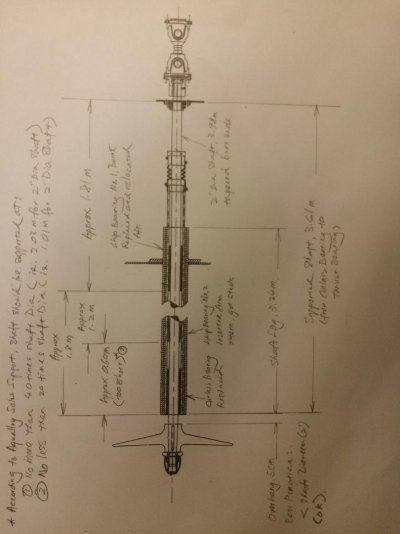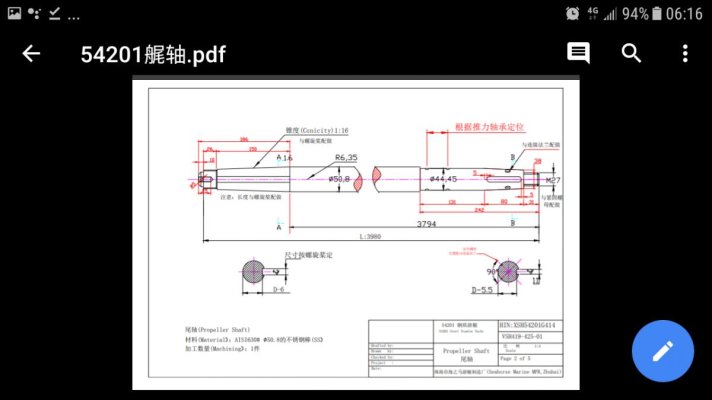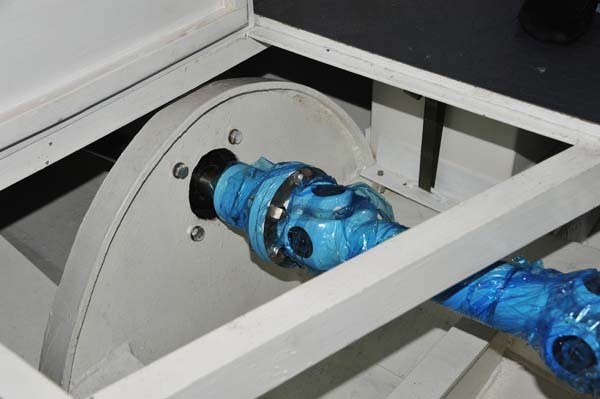noise/vibration control: acoustic signatures, 46:50; analog/digital sound meter, 78:104; Barry Controls, 120:42; consultants, 34:27; Co-Rez, 120:42; diagnostics/computers, 5:48, 74:85; diesel-electric generator, 109:140; E-A-R bulletin, 26:54; engine mounts, 5:42, 34:22, 34:26, 34:27, 35:58, 120:38, 122:6; laminate thickness, 50:18; liquid sound-dampening products, 97:10; materials/methods, 5:42, 34:22, 34:26, 34:27, 34:59; minehunter ships, 65:84;
noise/vibration isolators, 34:59, 35:4; noise-cancellation headsets, 36:78, 78:104; noise-damping electronics/anti-noise systems, 46:50; noise isolation with thrust-bearing drivetrains, 120:42, 122:6; noise-reducing laminates, 32:4; QuietBoat viscoelastic polymer covering, 97:10; sources, 5:49, 34:27; turbo silencer/Navy specwar, 52:43; vibration severity chart, 74:85; waterjet propulsion systems, 67:70, 70:21. See also engines, marine, noise/vibration control; noise pollution; soundproofing insulation
noise/vibration isolators: Aquadrive, 35:4; ISOLOSS HD, 34:59; Silent Running SR 1000 viscoelastic coating, 147:10




